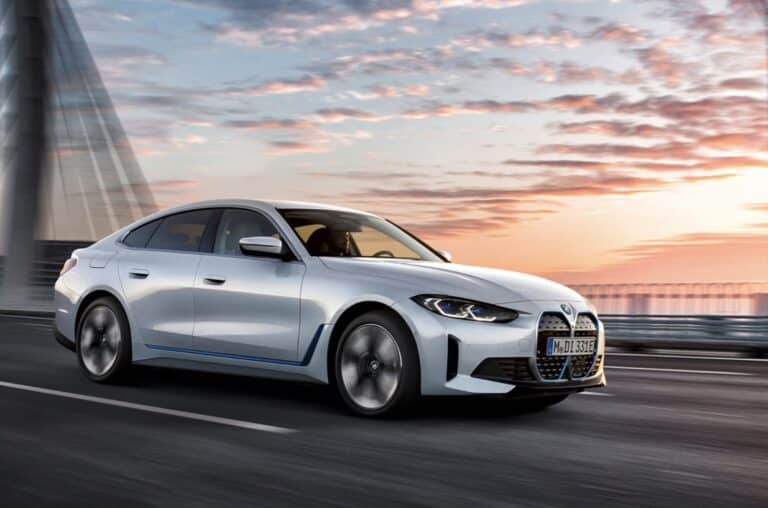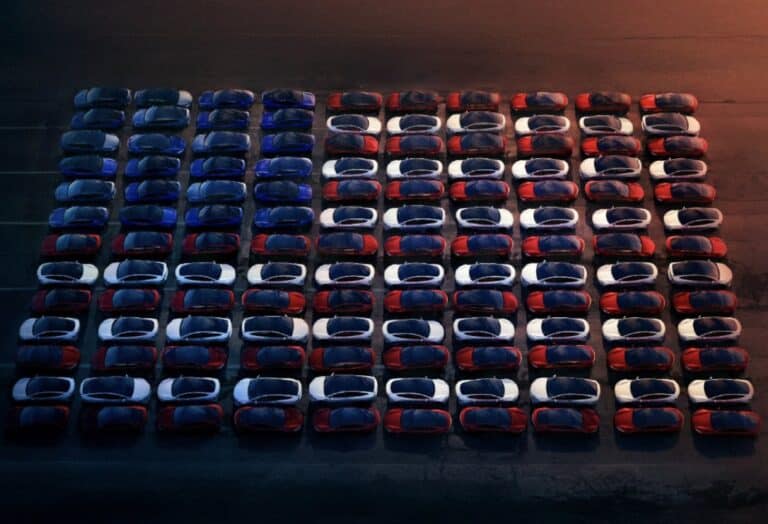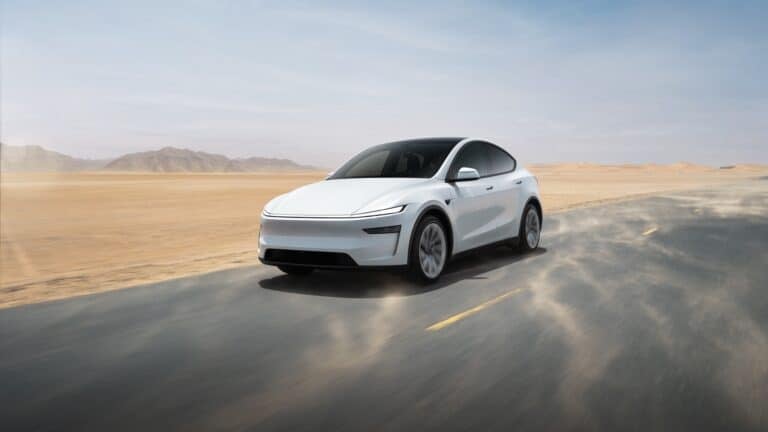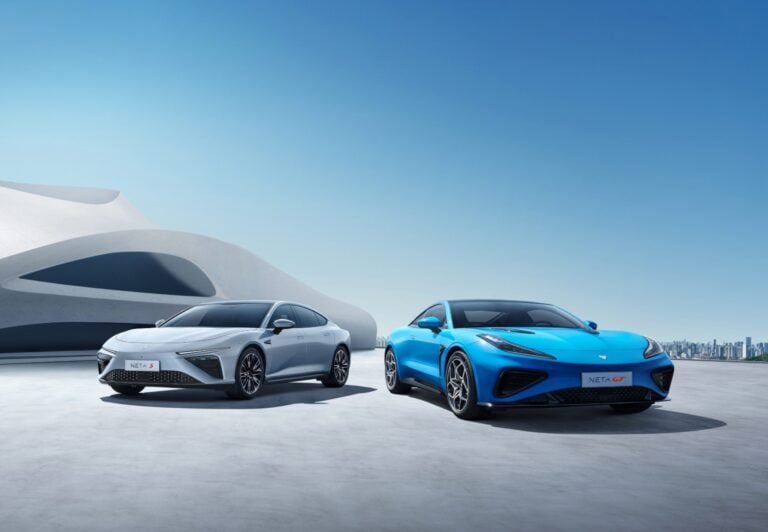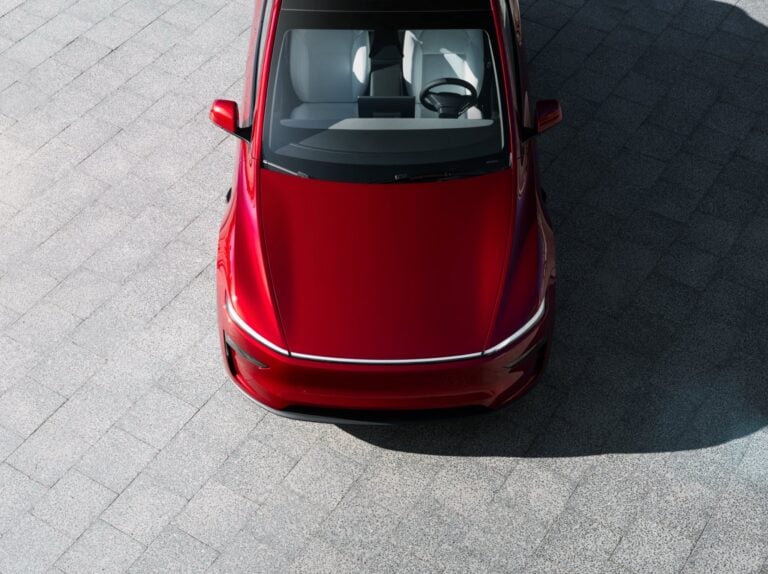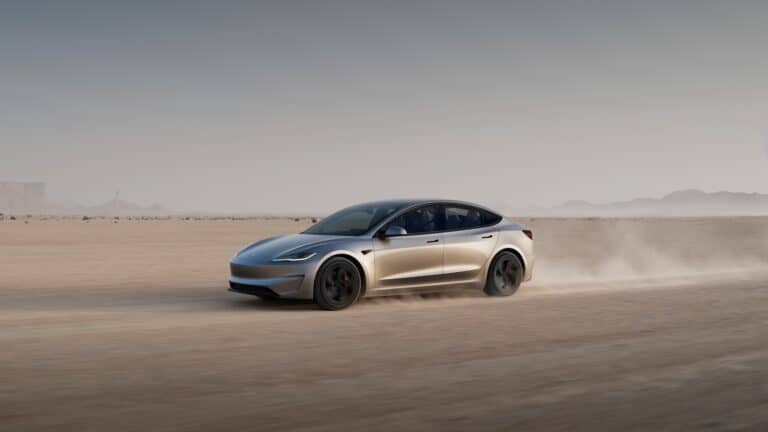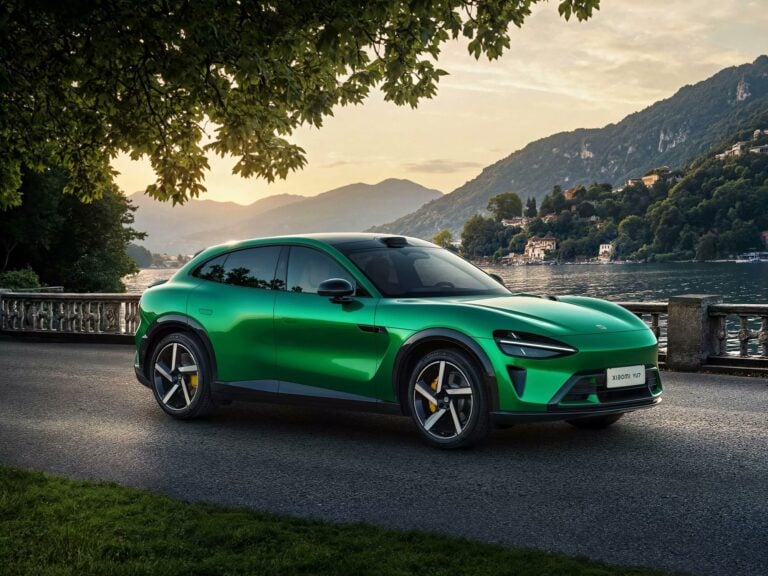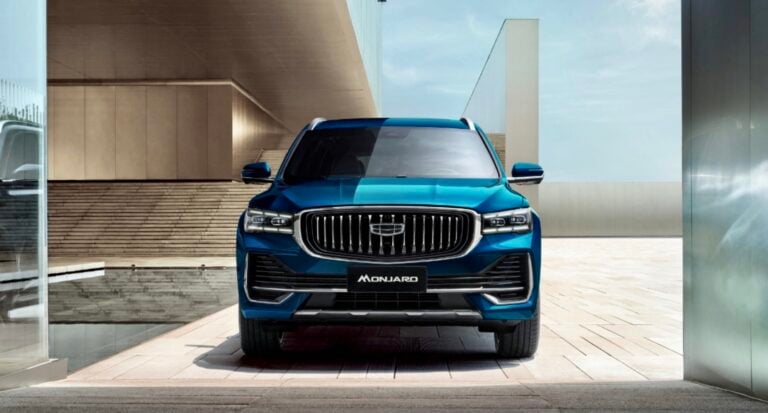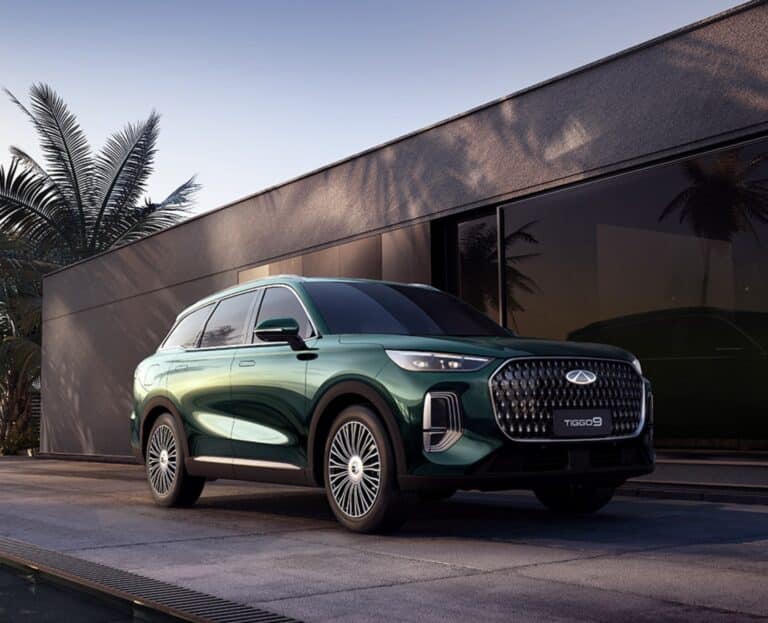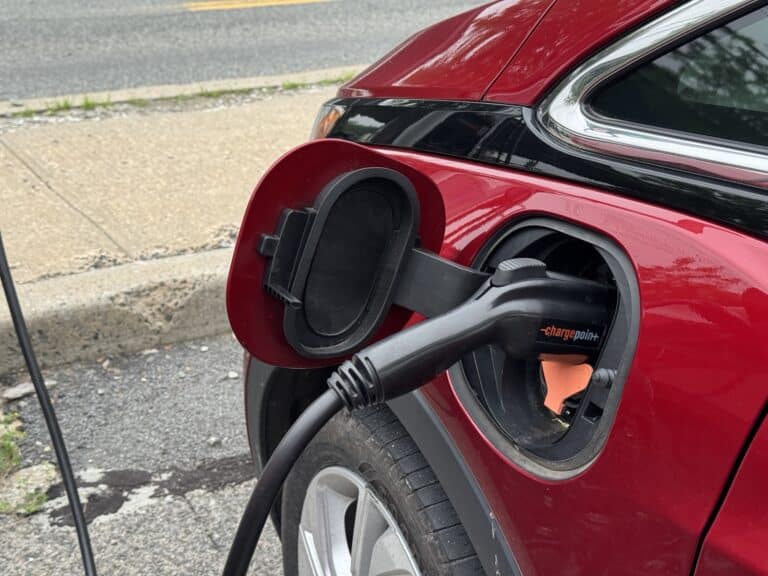The autonomous driving landscape is poised for a significant shift in 2025, as manufacturers race to integrate advanced driver assistance systems (ADAS) despite uncertain profit prospects. According to McKinsey analysis, the autonomous driving market could reach $400 billion by 2035, yet achieving meaningful returns on these massive investments remains challenging., reports Reuters.
The current autonomous driving capability spectrum spans from Level 0 (no automation) to Level 5 (full automation). While companies like Waymo, Pony AI, and Baidu are already operating Level 4 robotaxis in controlled environments, mass-market adoption remains limited. Canalys data indicates that only 5.5% of vehicles sold in 2024 feature Level 2+ capabilities, which include advanced features like automated lane changes and enhanced cruise control.
Market dynamics in China offer a preview of future challenges. At least 19 companies are currently testing fully autonomous vehicles there, with Goldman Sachs projecting that 90% of Chinese vehicle sales could reach Level 3 or higher by 2040, compared to 65% in the United States. This aggressive adoption rate is driving intense competition and pricing pressure.
The commoditization of autonomous technology is particularly evident in China’s electric vehicle market. Bernstein’s consumer research reveals that approximately half of Chinese car buyers now expect self-driving features to be included at no additional cost. Citi Research projects that by 2025, vehicles priced under $28,000 will need to incorporate autonomous capabilities to remain competitive.
This market pressure has sparked massive investment across the industry. BYD, initially skeptical of autonomous technology, has committed $14 billion to self-driving development. Toyota has allocated $11.3 billion for software development and related technologies. Meanwhile, traditional automakers are seeking partnerships to accelerate their capabilities – Volkswagen’s $700 million investment in Xpeng highlights this trend.
Implicações para o setor
The race toward autonomous driving capabilities presents several critical challenges for manufacturers:
- Cost Management: Developing and implementing autonomous technology requires substantial investment, yet market pressures may prevent companies from charging premiums for these features.
- Competitive Necessity: Despite uncertain returns, manufacturers cannot afford to lag in autonomous capabilities as they become standard features rather than premium options.
- Strategic Partnerships: Companies must decide whether to develop capabilities internally or seek external partnerships, as demonstrated by Volkswagen’s collaboration with Xpeng.
- Regional Variations: Different regulatory environments and market expectations between regions like China, the United States, and Europe require nuanced strategy adjustments.
The autonomous driving landscape in 2025 will likely be characterized by intense competition and continued technological advancement, even as manufacturers struggle to translate these capabilities into profitable business models. Success will require careful balancing of investment, pricing strategy, and market positioning.
For manufacturers, the path forward involves difficult strategic choices. While the technology itself may become increasingly commoditized, the ability to integrate it efficiently and deliver a superior user experience could become key differentiators. Companies must also carefully consider their approach to different markets, particularly given the varying rates of adoption and regulatory frameworks across regions.
As the industry moves forward, the focus may shift from purely technological advancement to finding sustainable business models that can support continued innovation in autonomous driving capabilities. This transition could lead to further industry consolidation and strategic partnerships as companies seek to share development costs and leverage complementary capabilities.
Saiba mais sobre o EVXL.co
Assine para receber nossas notícias mais recentes por e-mail.



